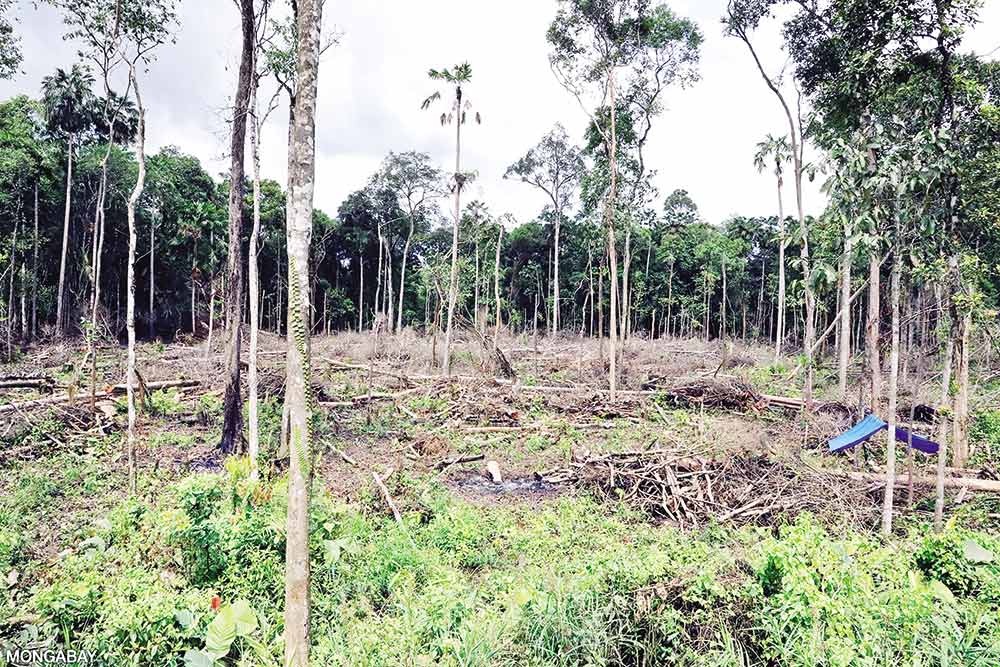How industrialisation destroys forests across globe
Shetu Khanam [Source : Daily Observer, 27 May 2025]

There are developed, underdeveloped, and developing nations all over the world. They are mostly seen in developing countries. Developing countries are those that are exerting social, political, and economic breakthroughs. The infrastructure of developing nations is not as robust as that of wealthy nations. These countries are heading toward industrialization by lessening reliance on agriculture. Industrialization is how a nation morphs from an agricultural economy to a manufacturing or industrial one. However, the ecology is adversely affected by industrialization. Our surroundings influence every part of our existence. One of the several elements causing ecological damage is unplanned industrialization, or the setting up of industries in developing nations.
Let's check out a few nations. One of the finest states in South America is Brazil. Brazil's economy and natural resources are abundant, but due to its infrastructure's historical development and other issues, it is listed as a developing country. The Amazon rainforest in Brazil is one of the most talked-about places in the world. Twenty percent of the oxygen on Earth is extracted from these forests. They function as a natural sink for carbon. Unfortunately, data indicates that Amazon loses over 2.5 million hectares of forest annually. Economic expansion is the primary cause of this.
Nowadays, Bangladesh is a prominent nation on the global map. It was just added to the list of developing economies. This upward trajectory is caused by swifter industrialization, among multiple factors. However, environmental damage has been seriously ignored in industrialized economies and wealthy nations. Research journals have published thousands of documents in recent years. Yet, environmental degradation in the name of development has continued in many instances.
The two biggest economic sectors in Bangladesh are the textile and garment sectors. Very recently, the apparel industry has grown dramatically in foreign exchange revenues. Additionally, each year's stats surpass those of the year before. Still, the environment's gloom is shielded behind the gleam of this growth. Eighty percent of the nation's waterways are ravaged by the effluent from these two sectors. Thirty thousand tons of chemicals from the leather industry pollute the river water solely in Savar. Almost ten thousand brick kilns dump 2.5 million tons of carbon dioxide into the environment annually. The smoke from brick kilns is responsible for 35% of the air pollution in Dhaka.
To increase food production, four million tons of chemical fertilizers and pesticides are applied to landlocked areas annually, ruining the soil. According to FAO statistics, Bangladesh's total land area was 13.40 percent in 2010, while the country's deforestation rate between 2000 and 2015 was 2.6 percent, greater than the world average at the same time.
Although it does not blatantly advocate the destruction of the environment under the cloak of industrialization in developing countries, it ignores protecting the environment!
Financial assistance is needed for nations that deplete less or emit less carbon but are more affected by climate change than those that pollute or erode the environment. In November 2024, the 29th United Nations Climate Change Conference (COP-29) was convened. In contrast, wealthy or developed nations are expected to funnel $30 billion annually to developing and impoverished states. However, various participants questioned if financial resources could adequately compensate for all the losses.
Environmental experts argue that such financial agreements are futile for securing ecological conservation due to their lack of awareness. Adopting eco-friendly technology is one example of a sustainable project that is more cost-effective despite climate instability and general environmental hazards. Otherwise, the entire world might end up in ruins.
The wrioter is from the Department of Public Administration, Islamic University, Kushtia